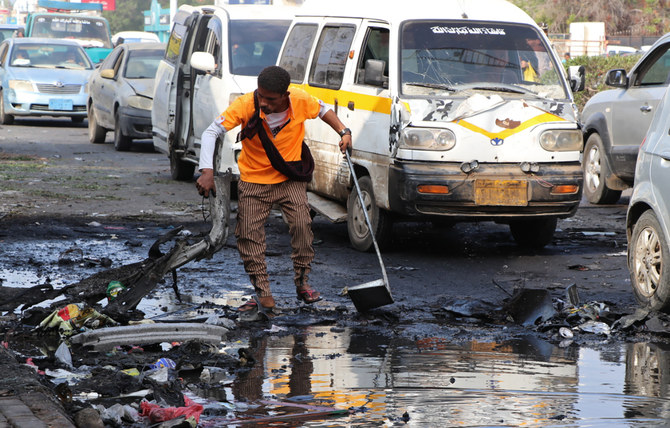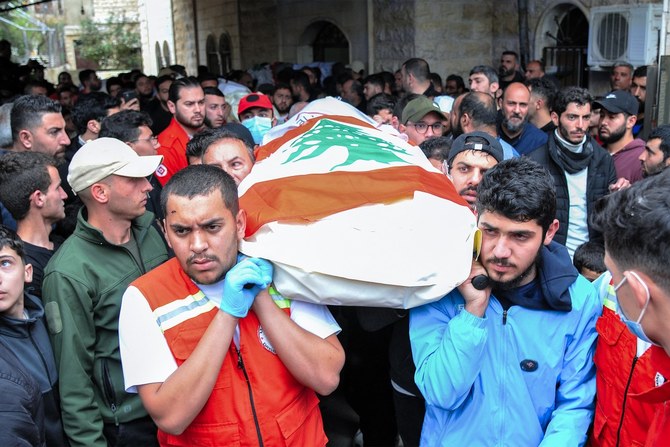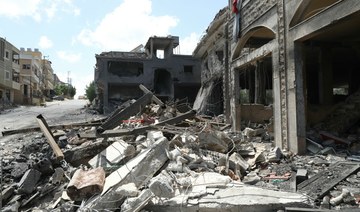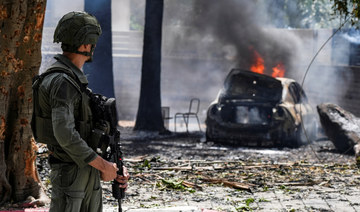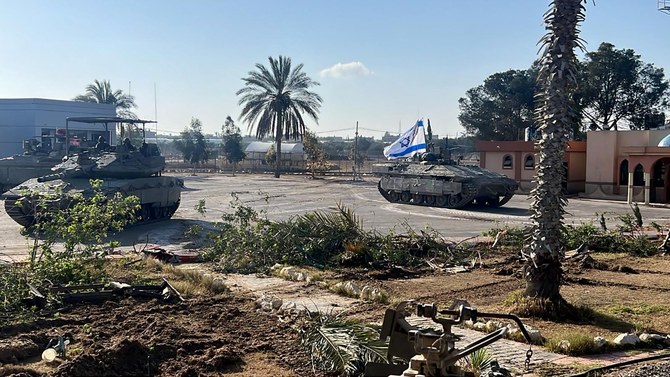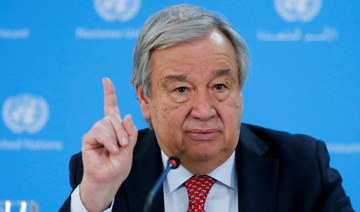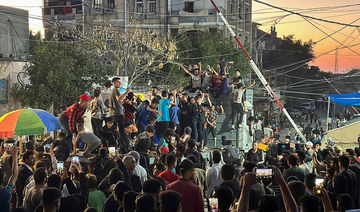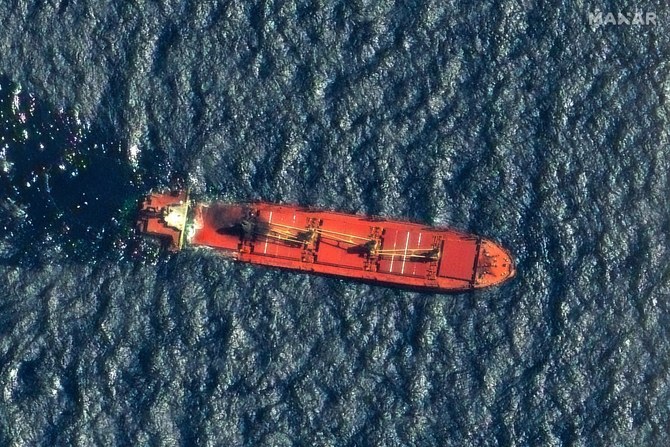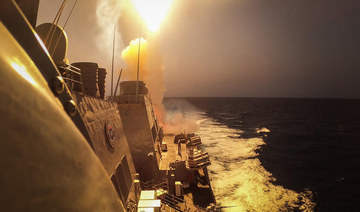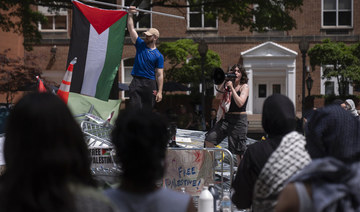ADEN: The Arab military coalition in Yemen said on Sunday that more than 218 Houthis were killed in airstrikes around Marib city, the internationally recognized government’s last northern bastion.
“Twenty-four military vehicles were destroyed” and more than 218 Houthis were killed in strikes in the past 72 hours in two districts, according to the coalition.
In recent weeks, fighting has intensified around the city of Marib in the province of the same name.
The coalition has said it has killed some 2,000 Houthis around the city in almost daily strikes since Oct. 11.
The latest bombing was carried out in Al-Jawba, about 50 km south of Marib, and Al-Kassara, 30 km to the northwest.
The Houthis began a major push to seize Marib in February and, after a lull, renewed their offensive since September.
The airstrikes took place as at least 12 civilians, including children, were killed in a car bomb blast near the airport of Aden on Saturday.
“Twelve civilians were killed in an explosion” in the vicinity of Aden airport and “there are also serious injuries,” said an official.
Another security official confirmed the toll.
A spokesman from the Southern Transitional Council — part of Yemen’s government — said the blast was caused by a car bomb explosion.
“A car bomb was detonated, killing a number of our peaceful citizens, including children, and wounding a number of other civilians,” STC spokesman Ali Al-Kathiri said in a statement.
The explosion comes almost three weeks after six people were killed in a car-bomb attack that targeted Aden’s governor, who survived.
AFP footage on Saturday showed people pulling out a body from a vehicle that had been completely destroyed, as firefighters put out flames nearby.
No one has yet claimed responsibility for Saturday’s blast, which is the deadliest in the area since December last year, when an attack targeting Cabinet members ripped through Aden’s airport.
At least 26 people, including three members of the International Committee of the Red Cross, were killed and scores were wounded when explosions rocked the airport at the time, as ministers disembarked from an aircraft.
All Cabinet members were reported to be unharmed, in what some ministers charged was a Houthi attack.
Also on Saturday, three children were killed and three more were critically wounded in a neighborhood of Yemen’s third city Taez, by mortar fire.
“The Houthi militia targeted the Al-Kamp neighborhood with ... shells, which led to the death of three children,” the Saba new agency said.
One of the wounded children has had his legs amputated and all three “are in a critical condition,” it added.
A security official said that the three children killed were brothers.
A doctor at Taez hospital confirmed the report to AFP, and said the toll could rise.
Taez is a city of 600,000 people in the southwest of Yemen.



